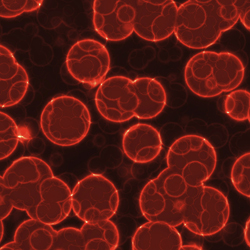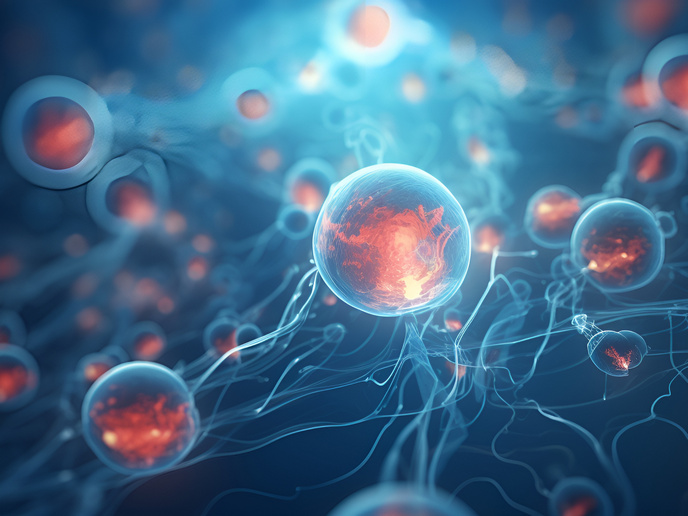New device improves cell analysis
Flow cytometry is a standard microfluidics-based technique for analysing cellular parameters such as size, surface, or intracellular protein expression and cell cycle. The device works by passing a laser beam of different wavelengths through a cell stream and detecting the light bouncing off with an optical detector. The capacity to process thousands of events per second in real time and perform multi-parameter analysis has rendered flow cytometry an invaluable tool for diagnosis. The key objective of the EU-funded 'Development of an innovative microfluidic impedance-based device for multi-parametric cell analysis' (DIMID)(opens in new window) project was to enhance the morphology-based discrimination capacity of flow cytometry. For this purpose, partners set out to develop a cytometer device that would take into account the geometric and dielectric properties of a cell, thereby revealing cell anisotropy. Such a device will prove extremely valuable in haematology and microbiology as well as for the identification of rare cells like tumour or stem cells, all based on cell shape. To this end, a new chip was designed alongside a probe that could detect the spatial orientation of cells. The device was designed to be portable so that its use can extend outside the laboratory. In silico modelling experiments were conducted to optimise the device building blocks based on the ability to discriminate cell shape, volume and morphology. The consortium also explored the possibility of appropriately diluting whole blood for direct analysis, a method that could significantly speed up haematological diagnosis. Cell shape discrimination could also extend to differentiate between dead and live cells. Field tests showed encouraging results with respect to cost, accuracy and high-throughput performance of the prototype device. The potential of this work with respect to applications and commercialisation led to EU funding of the follow-up project DIMID plus. DIMID plus will bridge the gap between research and commercial application by bringing this new flow cytometer device to the market.







